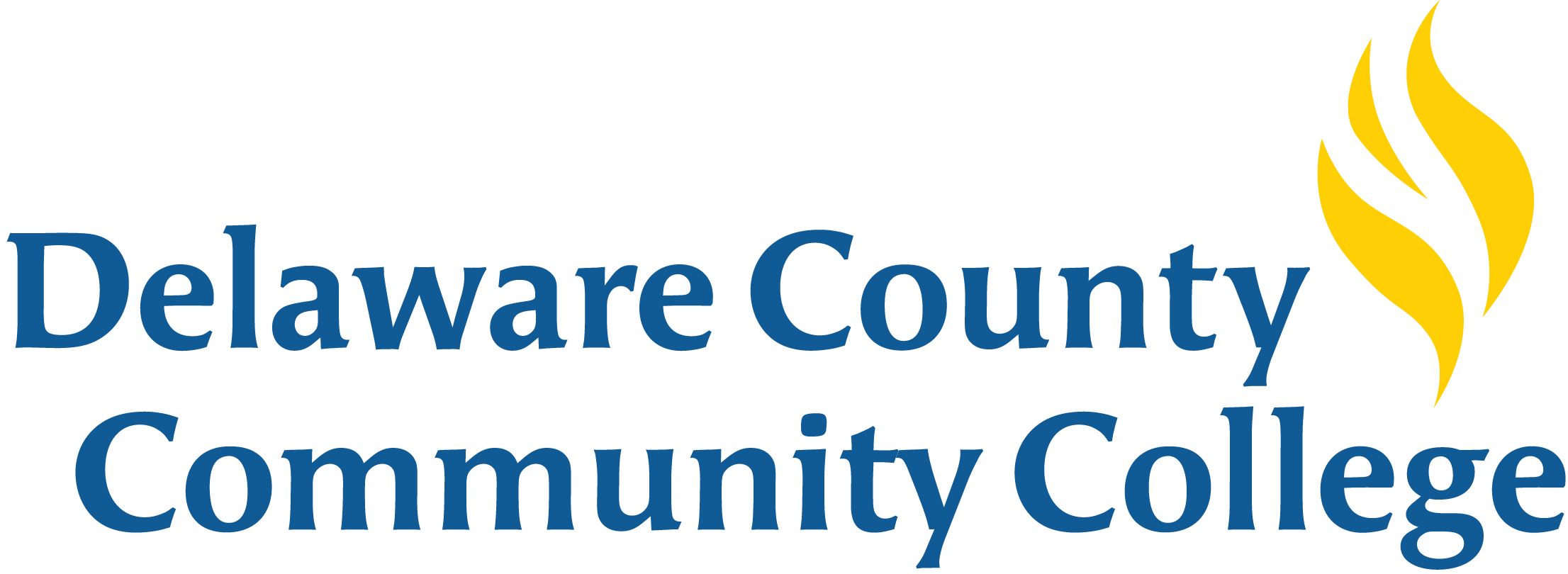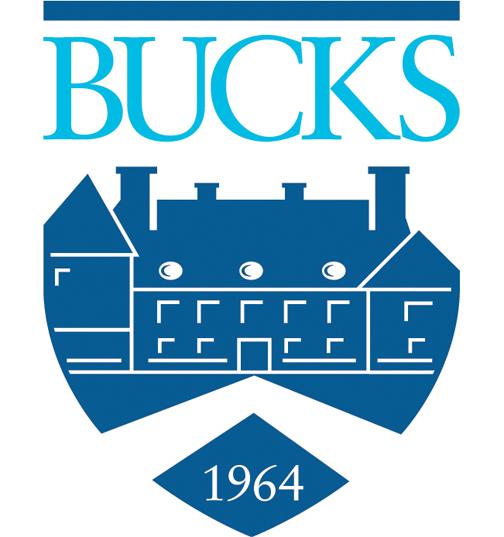Community colleges do some of the most important work in higher education in the country, and they have do it all on a shoestring budget.
The same is true of their alumni relations efforts.
We asked Doug Ferguson, director of alumni programs at Delaware County Community College, and Tobi Bruhn, associate vice president of advancement and executive director of the Foundation and Alumni Association at Bucks County Community College, to share what they've learned in their work.
Our Q&A is a preview of their CASE District 2 panel, "Best Practices for Community College Alumni Relations and Fundraising," which they'll be holding at 11:15 AM on Monday, February 8.
Compared to their peers, community college advancement and alumni relations offices have relatively few resources. How do shops like yours approach their work differently as a result?
Ferguson: Delaware County Community College has to work as hard and as strong as our competitors on a fraction of the resources. In order to maintain a high ROI, we need to plan for every purchase and mailing so as to limit a poor response. This requires changing prior practices for more cost-effective methods and a heavy emphasis on email and social media communication to combat rising production costs and help stay in touch with alumni who move frequently.
The lack of resources also requires a great deal of creativity that larger programs may not be able to consider. While some of your readers may have many levels of approval needed, we are able to execute programs faster and without a lot of production.
Bruhn: I concur with my colleague at Delaware County Community College. The reliance on email and social media to communicate with our constituencies has become a necessity. Although budget cuts more and more dictate what we can and can’t do, it has also forced us to think more creatively on how we can have the same, and preferably, greater impact than before.
For example, we are experimenting with crowdfunding this semester to determine whether or not this strategy, which is already being used by larger institutions, can help us fund specific projects. Our current campaign attempts to raise money for a new costume for our mascot, and we hope to use this strategy more regularly for annual fund appeals and days of giving. Although some of these crowdfunding platforms can be quite expensive, we found a free option that may not have all the bells and whistles, but will work well enough to assess whether or not this will be a viable platform going forward.
Finally, we extended the use of outside sponsors beyond our events to specifically addressing specific projects and initiatives to allow us to maximize our available budget.
You invest in programs that are easy to implement and have a high return on investment. What are some of your most successful efforts, and why are they successes?
Ferguson: One of our greatest successes has been to re-engage and communicate with alumni via social media, specifically LinkedIn. This site has helped identify prominent graduates not previously known, increase our career services outreach and make a strong first impression with current students. It has also been a vital tool to update our address database which has helped reduce our return mail counts by nearly 80% annually and increase our email database more than 500%.
Lastly, in 2015 we were able to raise just over $3,000 from several new donors who we lost touch with after graduation.
Bruhn: Two programs come to mind that are all underwritten by sponsors and have had a major impact on our annual fundraising efforts:
1. A partnership with a local social service agency has resulted in an annual joint fundraiser that raises scholarship funds for the agency’s clients to attend Bucks County Community College (BCCC) for the educational component of the economic self-sufficiency program they are enrolled in. The event raises $20,000+ every year which gets invested in the agency’s clients which in turn take classes here at BCCC. The event, underwritten by a sponsor, is designed to encourage attendees to make a three-year pledge to this program—the time it takes for most students to graduate with their associate’s degree.
2. Our annual community breakfast attracts over 125 business and community leaders to the college to hear our president discuss the state of education and our institution. This is a free event, once again underwritten by a sponsor, and allows our attendees to get to know us better and make important connections. As staff, we use it as a springboard to follow up with attendees to discuss opportunities here at the College. This event has resulted in several scholarship endowments and annual fund gifts.
What can non-community college shops learn from your work?
Ferguson: One of our best practices is exemplary customer service and ensuring each graduate is treated as a real person. These requests include standard things like transcripts or connecting with faculty members. Each alum who calls gets personal attention and a follow up to ensure they achieved their goal. We have been successful with this practice as we are small and can afford the time. This also negates the usual “You only call when you want something” that donors and volunteers would use to deny requests.
Bruhn: The limited staffing and budget resources that community colleges generally face do not have to limit you in your abilities to further the mission and make important connections and partnerships on behalf of your institution. Entrepreneurial thinking will lead to innovative solutions and alternatives that are staff and budget friendly. A community college’s ability to change course slightly more quickly than a traditional 4-year institution should be embraced and pushed in our line of work.


